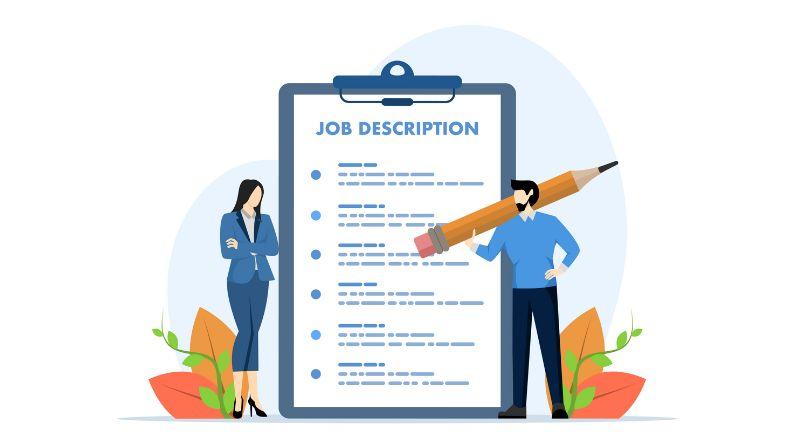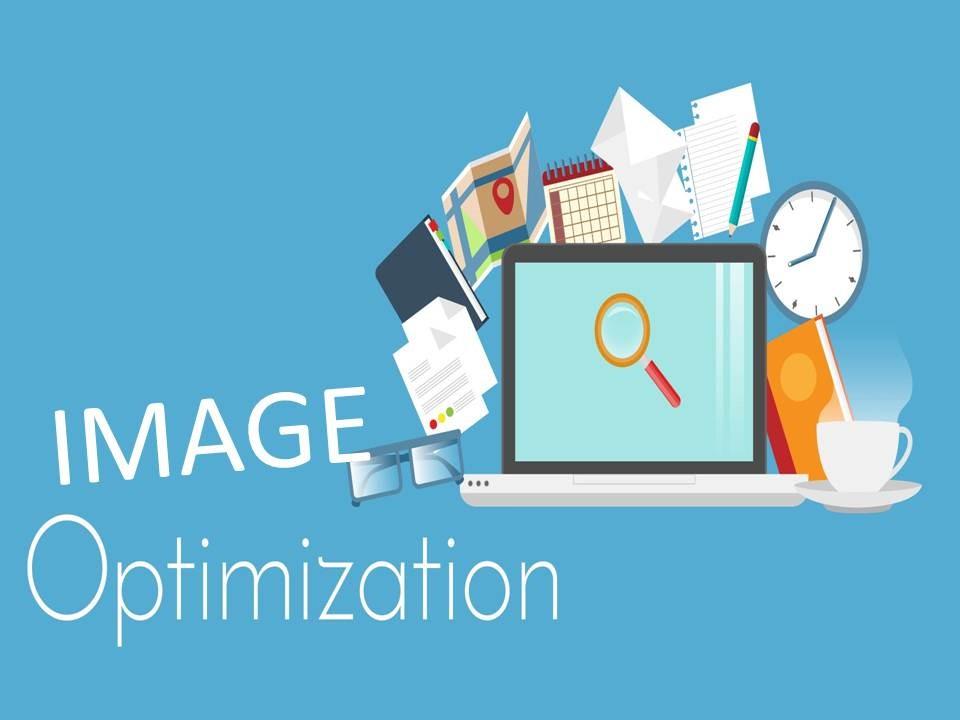In the bustling marketplace of e-commerce, where countless products vie for a moment of attention, the importance of effective online visibility cannot be overstated. Imagine your product page not just as a digital storefront but as a finely tuned instrument, ready to resonate with potential customers. This article delves into the art and science of product page SEO — a pivotal strategy to enhance your online presence and boost sales. By optimizing every element of your product pages, from title tags to engaging descriptions, you can increase your chances of attracting organic traffic and converting visitors into loyal buyers. Join us as we unpack the essential techniques and strategies that empower your product pages, ensuring they not only capture interest but also drive sales in a competitive digital landscape.
Harnessing Keywords to Enhance Product Visibility
One of the most effective strategies for improving product visibility lies in careful keyword selection and placement. By conducting comprehensive keyword research, businesses can identify the terms and phrases that potential customers are actively searching for. Utilizing these keywords effectively throughout product titles, descriptions, and metadata ensures that your offerings are more likely to appear in relevant search results. Additionally, incorporating long-tail keywords can significantly enhance your chances of attracting targeted traffic. These keywords not only capture the intent of users but also cater to specific niches, driving more qualified leads to your product pages.
To maximize the impact of your keyword strategy, consider implementing the following techniques:
- Optimize title tags: Ensure that your primary keyword is included at the beginning of your product title for better visibility.
- Leverage alt text: Use descriptive keywords in image alt texts to improve image search visibility.
- Create unique descriptions: Write captivating and informative product descriptions that naturally integrate relevant keywords.
| Keyword Type | Example | Benefit |
|---|---|---|
| Short-tail | Running Shoes | High search volume but more competition. |
| Long-tail | Best running shoes for flat feet | Lower competition, higher conversion potential. |

Crafting Compelling Descriptions for Increased Engagement
One of the most effective ways to captivate potential buyers is by carefully crafting your product descriptions. Instead of merely outlining features, delve into the benefits your product offers. Use descriptive language that stirs the senses and evokes emotions, enabling customers to visualize the impact of your product in their lives. For example, instead of stating “high-quality fabric,” try highlighting its luxurious softness and durability, describing how it feels against the skin and how it stands up to the test of time. Additionally, consider employing the AIDA model (Attention, Interest, Desire, Action) to structure your descriptions, ensuring that you effectively guide the reader towards making a purchase decision.
To further enhance engagement, incorporate a few well-placed elements within your descriptions that can break the monotony and draw the reader in. This can include:
- Engaging bullet points: Use these to list key features succinctly.
- Storytelling: Share a brief narrative around your product that highlights its unique journey or creation.
- Customer testimonials: Integrate snippets of positive feedback to establish trust and credibility.
Consider the following table for a side-by-side comparison of traditional product descriptions versus compelling ones:
| Traditional Description | Compelling Description |
|---|---|
| Water-resistant jacket | Stay dry and stylish with our lightweight, water-resistant jacket that hugs your body and keeps you cozy on rainy days. |
| Leather handbag | This exquisite leather handbag not only elevates your style but is also a reliable companion for your daily adventures, crafted for both elegance and durability. |

Optimizing Images for User Experience and SEO
In the age of fast-paced online shopping, presenting images that are both captivating and optimized is crucial for enhancing user experience and improving search engine visibility. Begin by ensuring that images are in the right format to balance quality and file size. Consider using JPEG for photographs, PNG for images requiring transparency, and WebP for a modern format with superior compression. This strategy helps in delivering high-quality visuals without compromising loading times, a key aspect of SEO that keeps potential customers engaged.
Utilizing descriptive file names and alt text not only aids search engines in indexing your products but also makes your site more accessible. Here are some tips to implement:
- File Names: Use relevant keywords while naming your images, for example, “blue-authentic-leather-wallet.jpg”.
- Alt Text: Write concise descriptions that highlight key features and include target keywords, like “blue leather wallet with RFID protection”.
- Image Dimensions: Scale down images to fit product display needs, avoiding any excessive bandwidth usage.
| Image Format | Best Use Case | SEO Benefit |
|---|---|---|
| JPEG | Photographs | Optimal quality at smaller sizes |
| PNG | Logos and Icons | Lossless quality for clear visuals |
| WebP | Modern Browser Compatibility | Great compression and quality retention |

Building Trust Through Effective Reviews and Ratings
In today’s digital marketplace, consumers are increasingly turning to reviews and ratings to guide their purchasing decisions. Incorporating effective feedback mechanisms on your product pages can significantly enhance credibility and foster trust. To achieve this, consider the following strategies:
- Encourage Customer Feedback: Prompt customers to leave honest reviews post-purchase, creating a transparent and authentic atmosphere.
- Showcase User-Generated Content: Highlight images or stories shared by satisfied customers to personalize the product experience.
- Respond to Reviews: Address both positive and negative feedback to demonstrate your commitment to customer satisfaction and engagement.
Moreover, a well-structured rating system can provide potential buyers with a quick snapshot of product performance. By using a simple but effective format, you can make it easier for consumers to gauge product quality at a glance. Here’s a simple example of how to present such ratings:
| Product | Average Rating | Number of Reviews |
|---|---|---|
| Product A | 4.5 ★★★★★ | 120 |
| Product B | 4.0 ★★★★ | 80 |
| Product C | 5.0 ★★★★★ | 50 |
Insights and Conclusions
In the ever-evolving landscape of e-commerce, product page SEO emerges as a cornerstone of success. As we’ve explored, the intricacies of optimizing your product listings not only enhance visibility but also cultivate a more engaging shopping experience for your customers. By harnessing the right keywords, crafting compelling descriptions, and elevating the visual appeal of your pages, you set the stage for increased traffic and ultimately, sales.
As you embark on the journey of refining your product pages, remember that SEO is not a one-time endeavor but an ongoing strategy that requires attention and adaptation. Stay attuned to data, embrace innovation, and continually seek ways to improve. Each adjustment brings you one step closer to unlocking the true potential of your online store.
In a world where competition is fierce and consumer preferences shift rapidly, mastering product page SEO is not just an option; it’s a necessity. Armed with the insights and techniques discussed, you are now poised to unleash the power of your product pages and watch your sales soar. Embrace this opportunity, and let your brand shine brightly amidst the digital marketplace. Happy optimizing!






